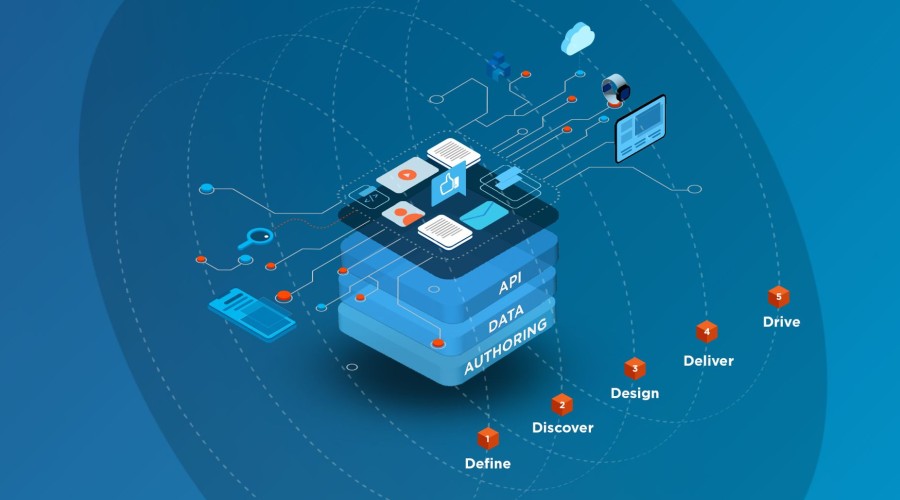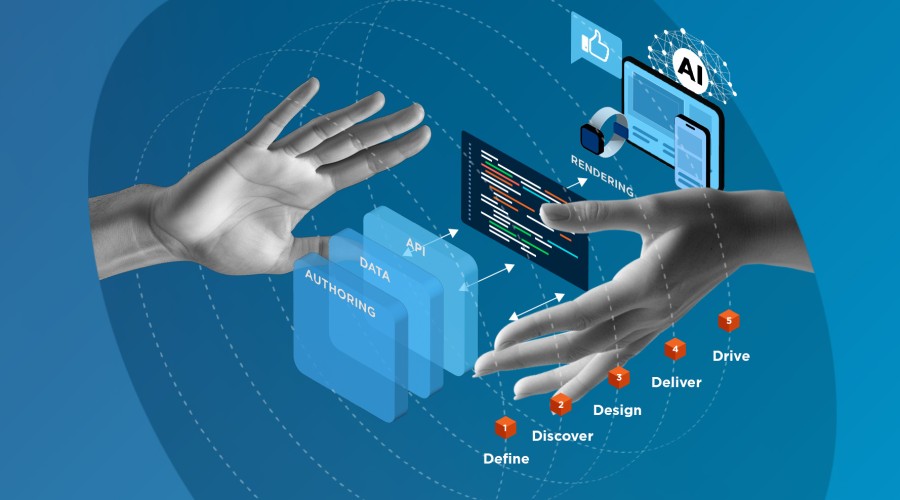A DevOps approach to development speeds up deployments, breaks down silos and delivers customer value fast. That’s why it’s been embraced by organisations like Amazon, Facebook and NASA.
If you’d like to make the shift to DevOps, there are three main pillars to consider.
- Culture
- Process
- Tools
In this article, we’ll look at how you can prepare for each of these.
1. How to shift to a DevOps culture
Culture is key to a DevOps approach, so let’s start there. DevOps grew from a grassroots movement that wanted to break down the walls between developers and operations teams.
DevOps is very different from traditional IT. Its culture needs to be embraced by your whole team, from leadership to developers to operational staff.
Because you’re creating a smooth process where everyone works in harmony towards the same goal, DevOps can’t work if one team isn’t on board with investing in automation, or doesn’t get the importance of testing.
There are things you can do to foster a DevOps culture. In our experience, the keys to building trust with your team are:
- Clear communication
- Transparency
- Sharing
And most of all, you need to have aligned goals. One way to do this is to focus everyone’s attention on your customer.
How DevOps puts your customer first
DevOps is all about delivering value swiftly and frequently to customers. If you put your users at the heart of your process, your whole team knows to focus on their needs.

Ducks sharing customer research with a client.
You can do this by sharing customer research widely and adopting a user-centred design process. It’s vital that every team, from design to customer support, broadcasts its learnings about your customers to every other corner of the business.
2. The DevOps process
Next, you’ll need to define strong process for your DevOps operation. Process supports the team working on your code. It covers everything from writing good user stories and acceptance criteria, to testing, putting code into source control and setting up your automated pipeline so it deploys smoothly.

Process underpins DevOps. Strong process = strong results
Expert DevOps guidance to smooth the way
If you’re setting up your DevOps operation for the first time, it’s really worth seeking expert advice. The process is complex, as are the tools – but the rewards are great. As Danny says, “Professional guidance will save you headaches and wasted time and a strong setup will ensure you reap big rewards.”
Choosing your DevOps partner
When you’re implementing or iterating your DevOps setup, it makes sense to seek advice from specialists who’ve done it before.
We strongly recommend choosing a partner who’s experienced at implementing DevOps across a portfolio of different organisations and cultures.
If you’re selecting a digital agency to help, you’ll want to know that they’re not just technically sound (e.g. using OWASP and DevOps) but are also focused on the user experience. A user-centred approach is the key to DevOps that works.
They should be able to demonstrate proven technical experience, so you know they can handle your implementation with agility and finesse.
And you’ll want the reassurance that their processes are certified, and that they have partner status with hosting platforms and other key technical suppliers.
ISO certification: Process you can trust
If you’d like to adopt DevOps, process is vital. It underpins everything you do.
At Cyber-Duck, we use our ISO 9001 and ISO 27001 certified process to audit and research every piece of infrastructure, technology, process and data. This ensures the right strategy is in place. DevOps is no exception. Our process is robust yet flexible, so we can tailor it to your unique project.

Choose a partner who’s ISO-certified – then you know you can trust their process.
3. How to choose and implement your DevOps tools
When you’re setting up a DevOps operation, it’s common to want to deliver results fast. Your organisation may be pushing to see returns on its investment. But the tools used in a modern, automated DevOps operation are complex and take time to set up.
However, once up and running, automation delivers consistent results. Software without automated testing and deployment requires manual steps every time you want to change your code. These steps get bigger and more expensive over time, as your service evolves.

Automated DevOps needs investment up front, but delivers consistent rewards later.

Manual DevOps might look cheaper initially, but quickly racks up costs over time.
That’s why not all DevOps implementations are equal. At Cyber-Duck, we’ve seen the impact of investing in automation tools. That’s why we recommend exploring the long-term cost and resource savings they can bring.
We use and rate tools such as Bitbucket, Ansible, Terraform and Chef. Get the full list plus the benefits of each in our DevOps white paper – download it for free.
How to choose your cloud hosting partner
Your other critical choice is your cloud hosting. It’s definitely worth seeking the advice of a partner that’s experienced with the three main platforms – Amazon’s AWS, Microsoft Azure and Google Cloud.
An experienced platform partner will have a good relationship with the platform’s team. They’ll demonstrate in-depth understanding of a platform’s technologies, undergo specialist training and be able to help you get the best from it.
At Cyber-Duck, we’re proud to partner with AWS, Azure and Google Cloud – we’re committed to the future of these platforms.

Choose a partner who’s experienced with the three main cloud-hosting providers.
Get started with DevOps
Once you’ve considered your culture, process and tools, you’re ready to start implementing DevOps. To read more about the full DevOps process, download our free white paper today – it has everything you need to get started.
You’ll learn:
- The 8 stages of the DevOps loop
- Automation tools to save you time and money
- How to build a DevOps culture that delivers customer value
- 8 principles for implementing your pipeline management
Download the paper today and begin your shift to fast, integrated development.




